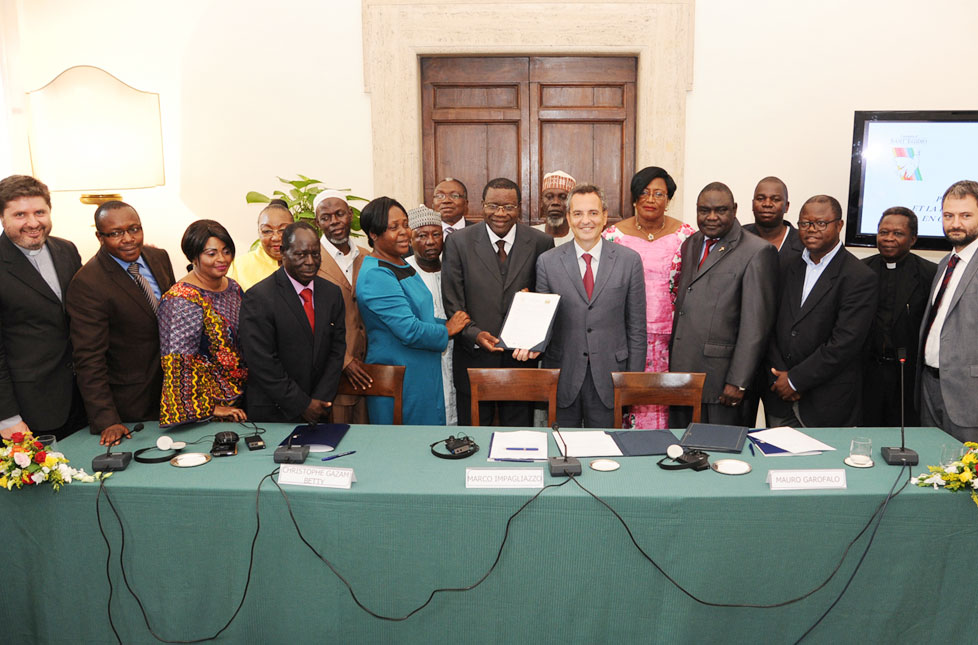The days of the international meeting “The Courage of Hope” in Rome, the most recent stage of the long journey of peace of the spirit of Assisi, coincided with the fourth anniversary of the sacrifice of William Quijano, a brother of the Community of Saint’Egidio of Apopa (San Salvador), killed on September 28th in mysterious circumstances, probably by one of the maras that wreak havoc on the small central American country. Those same maras from whom he tried to steer away the younger people, through his civil service work - he was a sports promoter (promodor) for the municipality of Apopa - and his involvement in solidarity activity -
through the School of Peace of Saint‘Egidio.
El Salvador “boasts” one of the highest rates of violence in Latin America. Beginning in the 1990s, after the end of the civil war between the government and the guerrillas, maras spread all over the country. These were bands originally established by Salvadoran youth immigrated to Los Angeles who, having returned to their country, started dividing up the territory amongst themselves, especially the urban areas. Today, the maras recruit and initiate to violence tens of thousands of adolescents. This is also the situation in Apopa, the suburb at the outskirts of the capital in which William used to live.
It is in this context that the activity of the Community of Saint’Egidio of El Salvador takes place, bearing fruit in terms of prevention of violence and of transforming the lives of young people. Many volunteers are engaged in the School of Peace. William was among them. Together with the brothers and sisters of the Community he wanted to create a peaceful space, where one could study, play, make friends, learn to respect those who are different.
William loved life, and in a friendly way he attracted many young people and children to the School of Peace, knowing that these were all recruits ripped out of the hands of the maras. His actions broke the chain of violence. And this bothered those who wanted everything to stay the same and wanted the young people to do evil or bow their head. William lived his love for peace until death.
The choice made by this young son of a young continent still speaks to us. His story induces us to believe that it is possible to build a better Latin America.
In many ways, that continent is a peripheral world which lives in a state of fascination with the wealthy world of the United States and which, unable to replicate the life style of the U.S., copies its most extreme and contradictory aspects, violence and individualism. But even more peripheral is the world of Apopa and that of the violent and scared young people that inhabit it.
Thus, in this periphery of history - in this existential periphery, as Pope Francis would like to say - William has truly lived the courage of hope. Hope in a different world, hope in a periphery that would rediscover the centrality of the heart.
It was nice that his life, his testimony, were remembered at the conference in Rome by Jesus Delgado, former personal secretary of Mons. Romero and his first biographer. As he said in one of the round tables of Rome 2013, the example of William is the symbol of “an America of hope”, expression of the faith of the disciples in a God that “lives in the cities” even in the most difficult ones, even in the most violent ones. This example fits well with this time in which Pope Francis calls us to “come out” of ourselves and to move towards the peripheries of the world.


